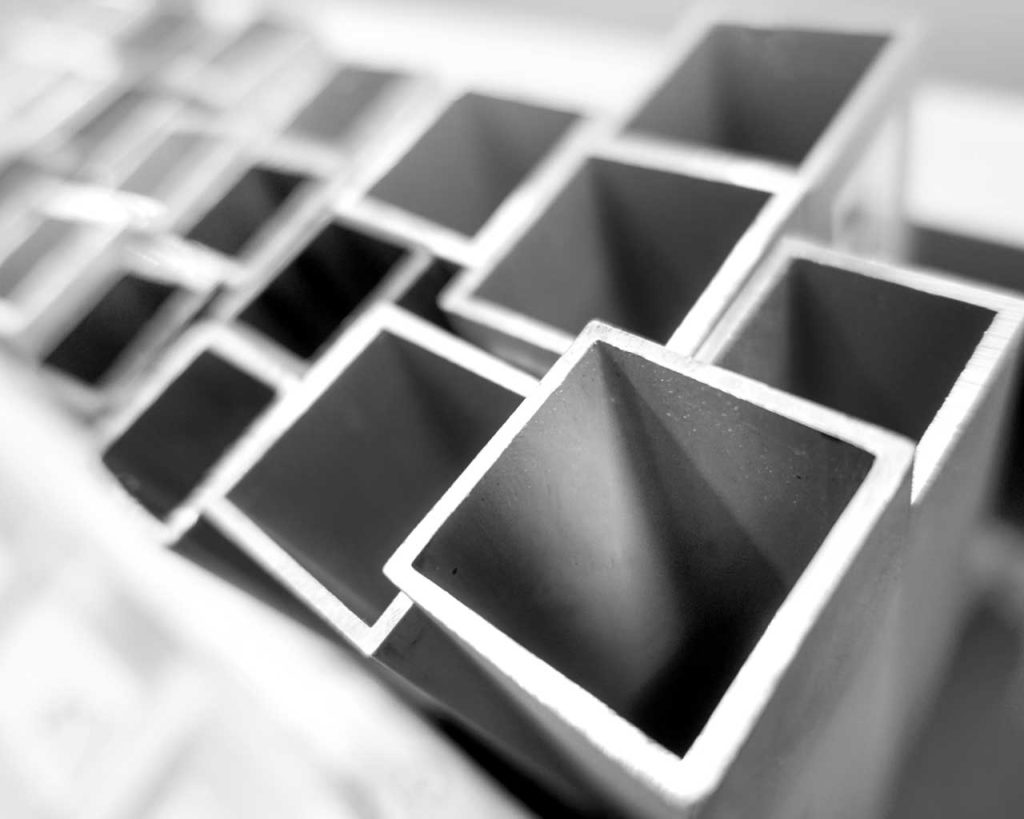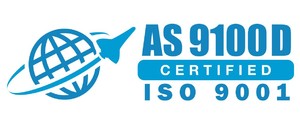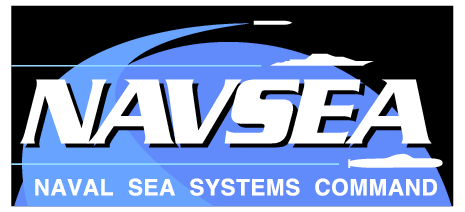Did you know that welding likely plays a part in almost everything you use? Welding is used to create millions of products every year and is one of the most important industrial processes.
Most people know what welding is, but brazing aluminum may be a mystery to many people.
So what is brazing, and why should you consider it for your projects?
This guide will walk you through everything you need to know about brazing aluminum, including the different brazing methods and how brazing works. Please keep reading to learn more about the process of brazing and when it is appropriate for your projects.
What Is Brazing?
Brazing aluminum is a process that uses a filler metal, such as copper or silver, to join two parts.
The filler metal melts at a lower temperature than the base metals being joined together. But it has a higher melting point than the aluminum being brazed. This allows for a strong bond between the brazed aluminum joints.
Aluminum brazing produces less heat than other welding processes. And that can be an advantage when welding delicate parts. It’s a popular welding process because aluminum has a low melting point and is relatively easy to weld.
The most common braze alloys are brass, bronze, and copper-based alloys. Silver is also sometimes used as a brazing alloy because it has a high melting point and forms a strong bond.
How Brazing Works
Brazing works by heating the filler metal until it melts. The molten filler metal then wets the surface of the base metals and forms a bond between them.
The joint is then cooled, causing the filler metal to solidify and creating a strong connection between the two materials.
The Benefits of Brazing Aluminum
Brazing aluminum offers many benefits, including:
- The ability to join two pieces of aluminum together without weakening the metal
- A strong, durable bond that is resistant to corrosion and other wear and tear
- A relatively simple process that can be completed with a few basic tools
When brazed correctly, aluminum becomes stronger and more resilient than it was before. In addition, brazing can be used to repair damaged aluminum parts, which can extend the life of your equipment.
Brazing vs. Welding: What’s the Difference?
Brazing and welding are both methods of joining two metals together. But there are some key differences between the two processes.
Brazing does not need to melt the base metals, so it can be done at lower temperatures. This makes it ideal for joining aluminum, as it minimizes the risk of warping or damaging the materials.
So when should you choose to braze over standard welding?
It depends on what you’re making and the material you want to use. Welding aluminum can be tricky because the heat from the weld can cause the metal to warp. That’s why brazing is often the preferred method for joining aluminum.
A Softer Touch
Brazing produces less heat than welding. It’s less likely to damage delicate parts.
Consider the Costs
Brazing is also less expensive than welding since it requires less energy and equipment. All you need is a brazing torch, some brazing rods, and a few other basic tools.
Brazing Has Better Coverage
Brazing produces a stronger joint than welding, as the filler metal bonds to both sides of the joint. You’ll get 100% coverage with brazing, whereas welding only bonds to one side.
Brazing Joins Different Metals
And if you want to join two different types of metals, brazing is often the best option. That’s because brazing alloys can wet and adhere to most metals, making for a strong bond between dissimilar materials. Welding is usually only done on materials that are similar in composition.
Aluminum Brazing Methods
Metal fabricators can use several brazing methods can to join aluminum. The most common are:
Torch Brazing
Torch brazing is a type of soldering that uses a gas-fueled torch to heat the metal until it’s hot enough to melt the solder. The molten solder is then used to join the two pieces of metal together.
Torch brazing is often used for joining small parts because it’s a relatively quick and easy process that doesn’t need special equipment or skills. It’s also a good option for repairing damaged metal parts because it can be done without removing the entire part from the assembly.
Induction Brazing
Induction brazing is a type of soldering that uses induction heating to melt the solder. This technique offers several advantages over traditional soldering methods, such as faster heating times, improved joint quality, and decreased solder consumption.
Additionally, induction brazing does not need a flame, so it is a safer option for those nervous around open flames.
Furnace Brazing
Furnace brazing is often used for larger projects and requires a special furnace that can reach high temperatures. The filler metal is melted in the furnace and then applied to the joint.
Furnace brazing is a more precise method and is often used for large or difficult-to-reach joints. The aluminum is placed in a furnace and heated to the brazing temperature. The filler metal is then introduced to the joint and allowed to cool, forming a strong bond.
Dip Brazing
Dip brazing is a process of joining two metals by melting a filler metal (bronze) between them. The molten bronze is drawn into the joint by capillary action.
The heat needed for brazing comes from the welding flame, not from an external heat source. This makes dip brazing very versatile because it can weld materials with very different melting points.
This method is good for 100% coverage, improved structural integrity, and less distortion. Dip brazing is one method we use here at New Age Metal Fabricating.
Find Metal Fabricators in NJ and NY
So that’s it! Now that you better understand brazing aluminum, you’re ready to tackle your next project. If you’re looking for a metal fabricator in New Jersey, look no further than New Age Metal Fabricating.
New Age Metal Fabricating is a leading provider of brazing services. We specialize in brazing and can help you with all your metal fabrication needs. Contact us today to learn more!





